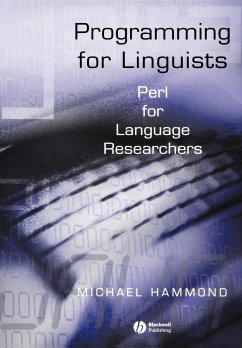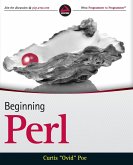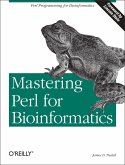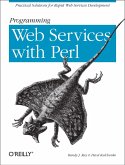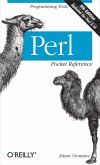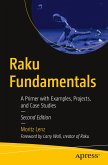This book is an introduction to the rudiments of Perl programming. It provides the general reader with an interest in language with the most usable and relevant aspects of Perl for writing programs that deal with language. Through a series of simple examples and exercises, the reader is gradually introduced to the essentials of good programming. The examples are carefully constructed to make the introduction of new concepts as simple as possible, while at the same time using sample programs that make sense to someone who works with language as data. Many of these programs can be used immediately with minimal or no modification. The text is accompanied by exercises at the end of each chapter and all the code is available from the companion website: http: //www.u.arizona.edu/ hammond.
''Learning to program isn't really hard,' the author claims.Teaching good programming to linguists, however, or to arts andhumanities students in general, isn't really that easy a jobeither, in practice. This introductory book, clear and concise asit is, should be a helpful tool at the very first stages of such anenterprise." Kwee Tjoe Liong, Universiteit vanAmsterdam
"The really strong points of the book are the examples andexercises. These are almost all language-related and includeuseful, interesting and relevant questions and situations that thereader interested in language research will appreciate." NewZealand Studies in Applied Linguistics
"Surprisingly readable...should be on the bookshelf ofany discourse analysist even thinking about tinkering with usingcomputers to automate some portion of their data analysis...theexamples and exercises are excellent, as is [Hammond's] exegesis ofthe examples- slow without becoming tedious." DiscourseStudies
"The really strong points of the book are the examples andexercises. These are almost all language-related and includeuseful, interesting and relevant questions and situations that thereader interested in language research will appreciate." NewZealand Studies in Applied Linguistics
"Surprisingly readable...should be on the bookshelf ofany discourse analysist even thinking about tinkering with usingcomputers to automate some portion of their data analysis...theexamples and exercises are excellent, as is [Hammond's] exegesis ofthe examples- slow without becoming tedious." DiscourseStudies

